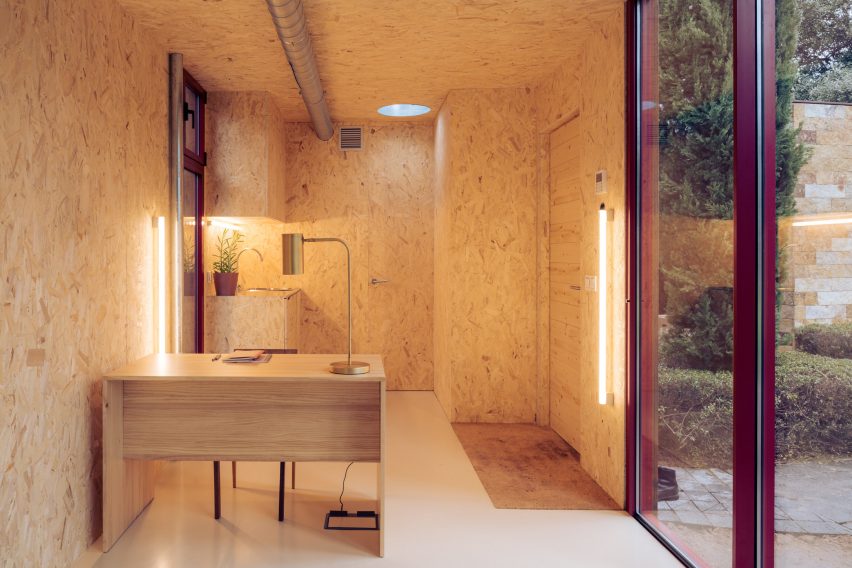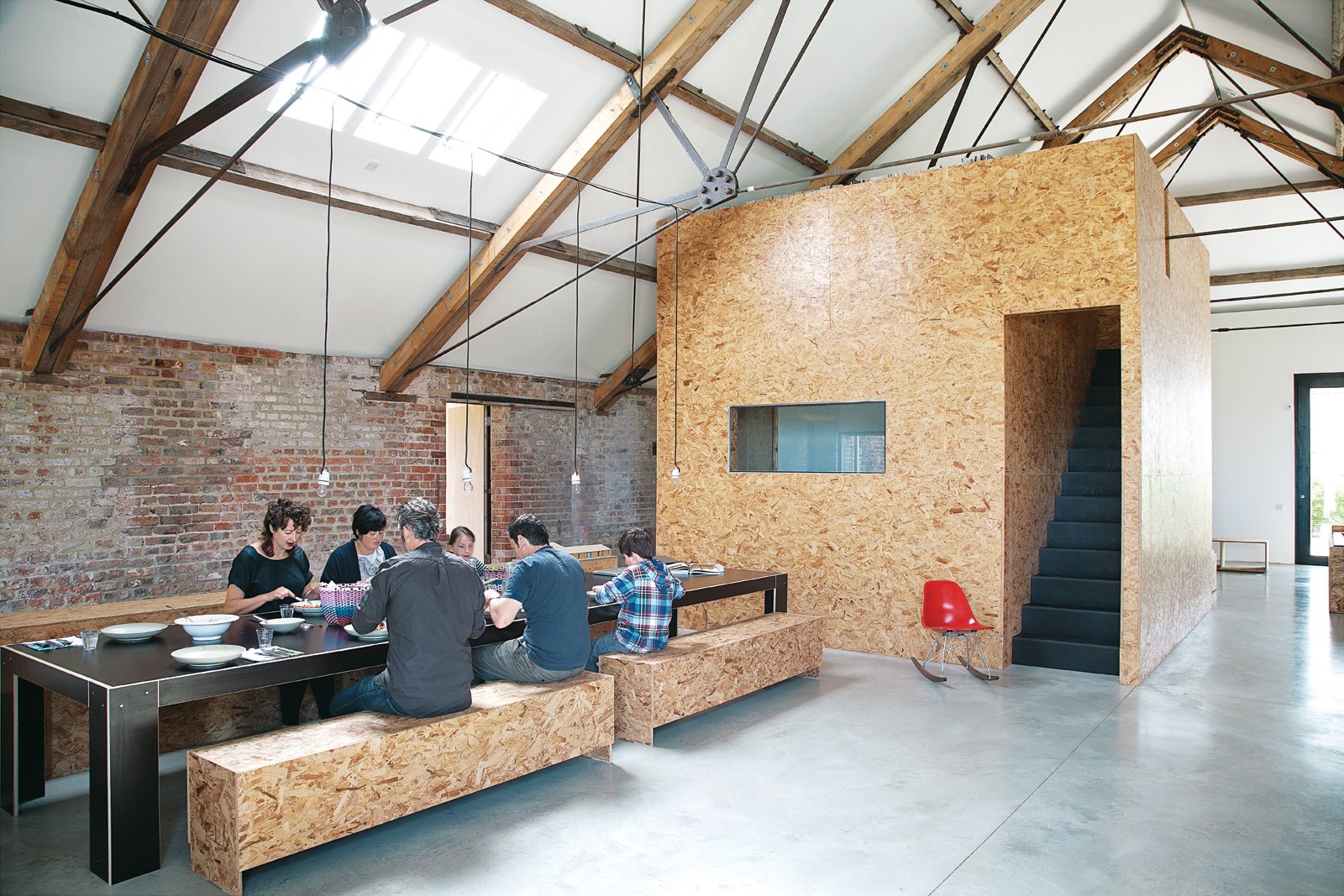7 Tips on designing a home office or studio on the Sunshine Coast

Designing a home office or studio can be a daunting task, but it doesn’t have to be. With a little bit of planning and creativity, you can create a space that is both functional and stylish. Here are some tips to help you get started:
- Define your needs: Before you begin designing your home office or studio, it’s important to define what you need from the space. Consider the type of work you will be doing and the equipment you will need. Will you need a large desk for a computer and multiple monitors? Will you need storage space for files and documents? Will you need a comfortable chair for long hours of sitting? Once you have a clear idea of your needs, you can begin to plan the layout of your space.
- Choose the right location: The location of your home office or studio is crucial. It should be in a quiet area away from distractions, with good natural light and a comfortable temperature. If possible, choose a room with a door that can be closed for privacy. If you don’t have a dedicated room, consider creating a separate area within a larger room with a divider or partition.
- Make it comfortable: A comfortable office or studio is essential for productivity. Invest in a good chair and a high-quality desk that is the right height for you. Add a desk lamp or task lighting to reduce eye strain. Consider adding a small couch or armchair for breaks or for when you need to take a load off.
- Add storage: An office or studio can quickly become cluttered if you don’t have enough storage. Consider adding shelves, file cabinets, or a bookcase to keep your work area organized. Use desk organizers to keep your desktop clear of clutter.
- Personalize it: Make the space your own by adding personal touches such as photographs, artwork, or plants. This will make the space feel more inviting and comfortable.
- Consider the color scheme: Color plays a big role in the overall feel of a room. Consider the colors that you find most soothing and inspiring. Neutral colors like white, beige, or gray are always a safe choice, but you can also add pops of color with accents such as pillows, curtains, or artwork.
- Think about the future: Even though you have a good idea of what you need right now, consider what you might need in the future. Think about whether you will be adding more equipment or if you will be doing more video conferencing. If you are anticipating growth, you might want to invest in a more robust desk or more storage.
Creating a home office or studio that works for you takes some planning and creativity, but the end result will be a space that is both functional and stylish. Follow these tips and you’ll be well on your way to designing the perfect home office or studio for your needs.
